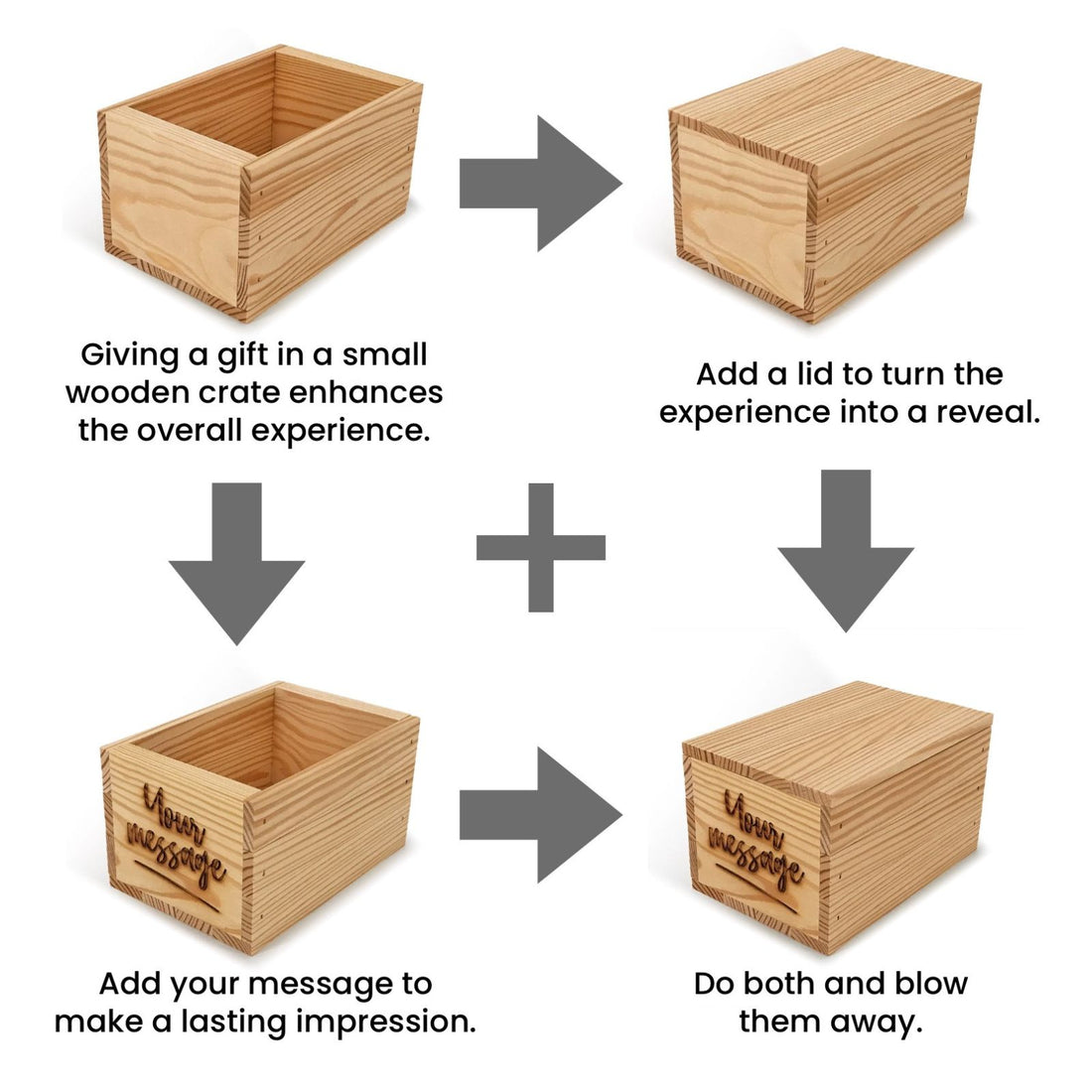4 MINUTE READ
One of the most valuable skills a salesperson or business owner can possess is the art of upselling. It's a powerful technique that, when done right, can benefit both the customer and the seller. However, there's a fine line between effective upselling and coming across as pushy. In this article, we'll explore the art of upselling and provide tips on how to do it right without alienating your customers.
What is upselling?
Upselling is a sales technique where a seller encourages a customer to purchase a more expensive or additional product or service than the one they originally intended to buy. It's about maximizing the value of each transaction by offering complementary or upgraded items that enhance the customer's overall experience or satisfaction.
The benefits of upselling
When done correctly, upselling can offer numerous benefits for both your business and your customers:
1. Increased revenue
The most obvious benefit is higher sales revenue. By convincing customers to buy additional or higher-priced items, you can significantly boost your profits.
2. Enhanced customer experience
Upselling allows you to cater to your customer's needs and preferences better. Offering relevant upgrades can enhance their overall satisfaction and leave them feeling well cared for.
3. Customer loyalty
Providing valuable suggestions rather than just pushing products can build trust and loyalty with your customers. When they feel like you have their best interests at heart, they are more likely to return for future purchases.
4. Cross-promotion
Upselling provides an excellent opportunity for cross-promotion. You can introduce customers to products or services they might not have considered, expanding their knowledge of your offerings.
The dos and don'ts of upselling
Now that we've highlighted the advantages of upselling, let's delve into the dos and don'ts to ensure you're doing it right:
The dos
Understand your customers: Effective upselling begins with knowing your customers' needs and preferences. Take the time to understand their motivations, pain points, and what they value most.
Offer relevant suggestions: Upsell products or services that complement the customer's purchase.
Highlight benefits: When proposing an upsell, focus on the benefits the customer will gain, such as convenience, durability, or improved functionality. Make it clear how the additional purchase will enhance their experience.
Educate and inform: Share information about the upsell item. Explain why it's a great choice and how it can meet their needs better than their original selection.
Use positive language: Your tone and choice of words matter. Use positive and persuasive language without applying any pressure or making the customer feel obligated.

The don'ts
Avoid high-pressure tactics: The cardinal rule of upselling is to never pressure or manipulate customers into making a purchase they're uncomfortable with. Pushy sales tactics can damage your brand's reputation and drive customers away.
Refrain from overselling: Avoid overwhelming customers with too many upsell options. Keep it simple and relevant to their needs to prevent decision fatigue.
Respect budget constraints: Be sensitive to your customer's budget. While an upsell should offer added value, it should not strain their finances or make them feel uncomfortable.
Don't make assumptions: Every customer is unique, so avoid making assumptions about their preferences or needs. Instead, ask open-ended questions to understand their requirements better.
Upselling strategies
Now that you know the dos and don'ts of upselling, let's explore some effective strategies to implement in your business:
Bundle deals
Offer bundled products or services at a slightly discounted rate.
Limited-time offers
Create a sense of urgency by offering time-limited upsell deals. Customers are more likely to take advantage of an offer when they perceive it as a special opportunity.
Customer loyalty programs
Reward repeat customers with exclusive upsell options or discounts. This not only encourages additional purchases but also builds a loyal customer base.
Product recommendations
Implement an intelligent recommendation system on your website that suggests complementary products based on a customer's shopping history or the items currently in their cart.
Follow-up emails
Send follow-up emails after a purchase to offer upsell options related to their recent buy. Be sure to emphasize the added value.
Conclusion
Mastering the art of upselling is a valuable skill that can boost your revenue while providing enhanced value to your customers. It's all about understanding your customers' needs, offering relevant suggestions, and maintaining a customer-centric approach. Remember, the key to successful upselling is to be helpful and informative without being pushy. When done right, upselling can create a win-win situation for your business and your customers, leading to increased sales, customer loyalty, and a stronger brand reputation. So, go ahead and start refining your upselling techniques to take your business to new heights.
This article was made possible by support from Carpenter Core. We make small customizable wooden crates and boxes used for gift baskets and product packaging.
Enjoyed this article? Stay Connected with Carpenter Core!
Did you find our tips on the art of upselling helpful? Don't miss out on more valuable insights from Carpenter Core. Join our community and be the first to know about exclusive offers and promotions, exciting updates, and fresh content. Sign up for our newsletter below and follow us on Facebook, Instagram, Pinterest, and LinkedIn today!

